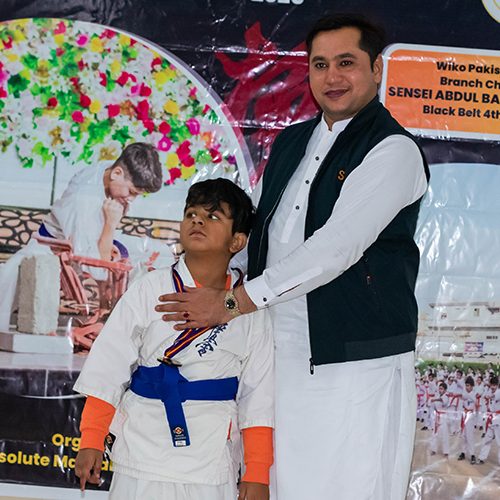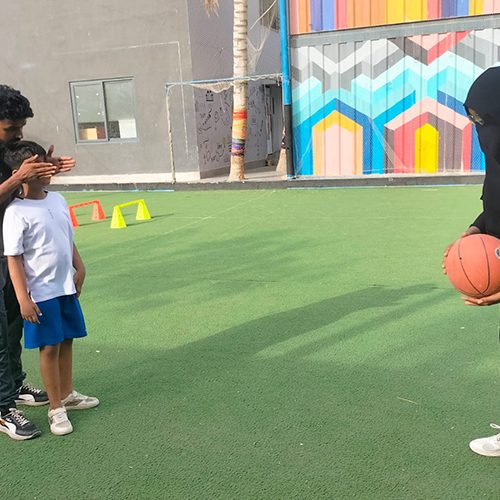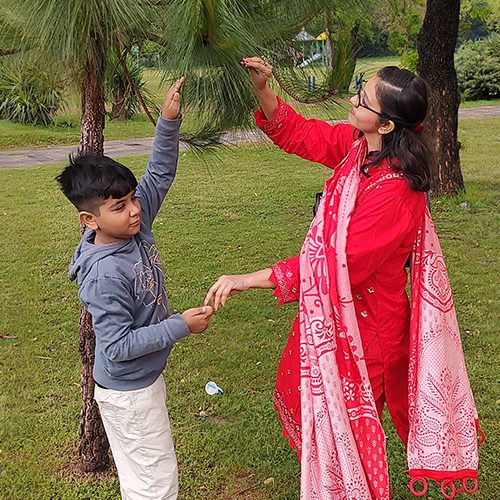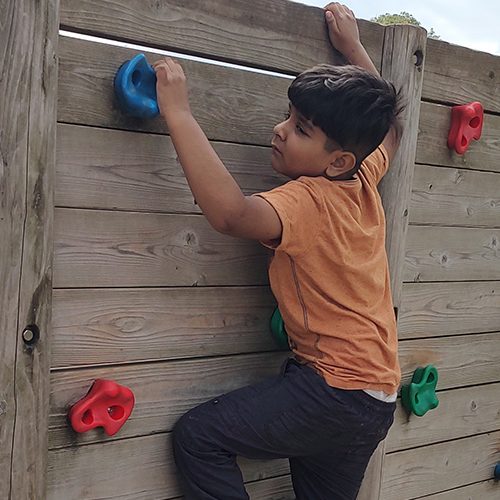Autistic children often process the world through a unique sensory lens. Everyday sounds, textures, and movements can either soothe or overwhelm them. This is where Sensory Integration Therapy, a vital part of Occupational Therapy (OT), becomes essential in helping them regulate their responses and improve day-to-day functioning.
What is Sensory Integration?
Sensory integration refers to the brain’s ability to interpret and organize input from the senses — touch, sound, sight, movement, and body awareness. Many children on the autism spectrum struggle with this, showing signs of either hypersensitivity (over-responsiveness) or hyposensitivity (under-responsiveness). This can significantly impact behavior, attention, and emotional stability.
The Role of Occupational Therapy
Occupational therapists use carefully chosen, sensory-based activities for autism to help children improve their ability to respond to sensory information. These activities are personalized and designed to meet each child’s unique sensory profile.
Common Sensory-Based Activities in Therapy
Proprioceptive and Joint Compression Exercises
These help children understand body awareness, improve posture, and reduce anxiety through guided movements.
Swings and Movement Equipment
Tools like therapy swings, trampolines, and balance boards stimulate the vestibular system, helping children develop balance and spatial awareness.
Textured Play Materials
Activities involving playdough, slime, rice bins, or sand help with tactile processing and desensitization for children sensitive to touch.
Weighted Vests and Blankets
These offer deep pressure stimulation, helping children feel calm and secure, especially during transitions or bedtime.
Noise-Canceling Headphones and Visual Tools
Reducing sensory overload through tools like calming lights or headphones allows autistic children to engage better in daily routines.
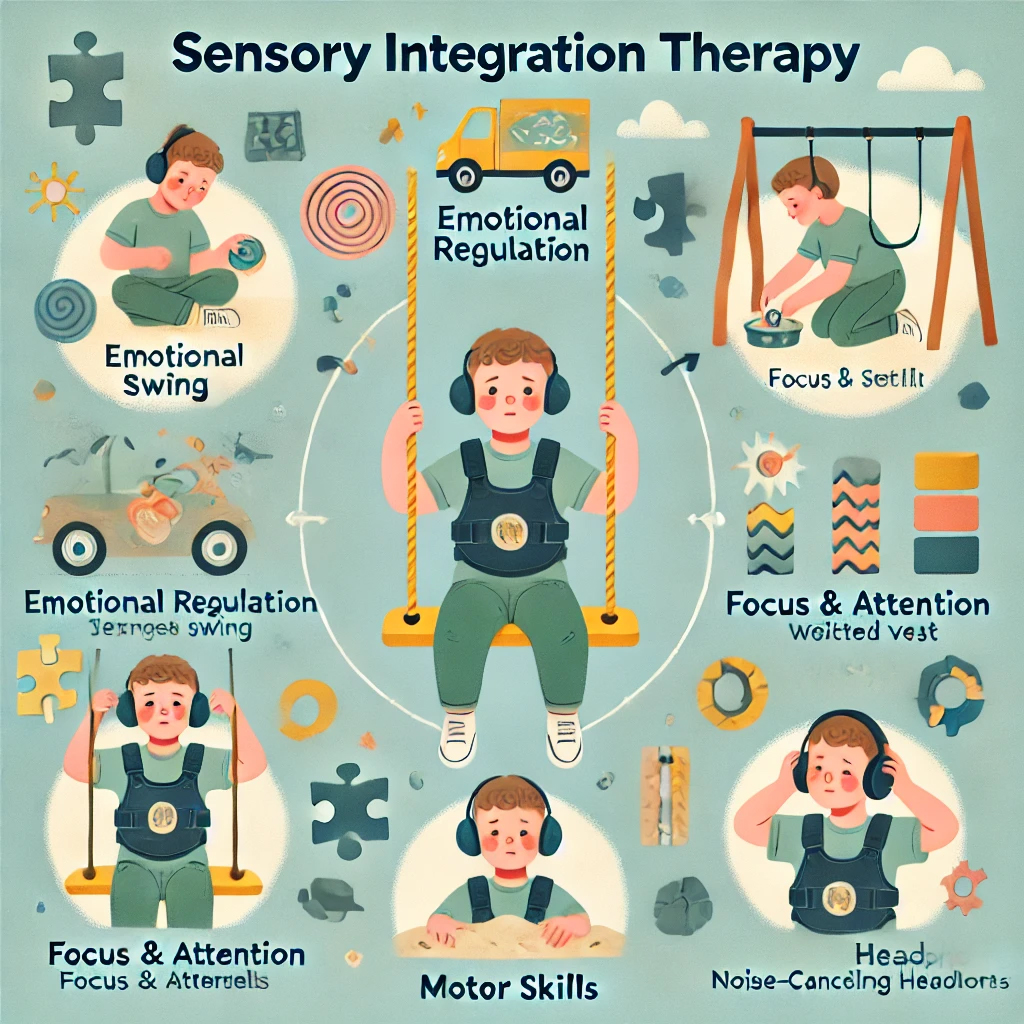
Why Sensory Integration Matters
With consistent and individualized therapy, autistic children often experience improvements in:
- Emotional regulation
- Focus and attention
- Motor coordination
- Better sleep patterns
- Social interaction
- Overall quality of life
Personalized Sensory Diets for Autism
A sensory diet — a customized set of sensory activities — is developed by an OT to match the child’s needs and sensory preferences. This supports development both at home and in therapy settings.
At the Pakistan Autism Society, we promote early, meaningful intervention through sensory-based occupational therapy. Our mission is to equip every autistic child with the tools to thrive, feel safe, and engage meaningfully with the world around them.
Whether you’re a parent, teacher, or therapist, we invite you to join our efforts in building an inclusive, sensory-smart Pakistan.


